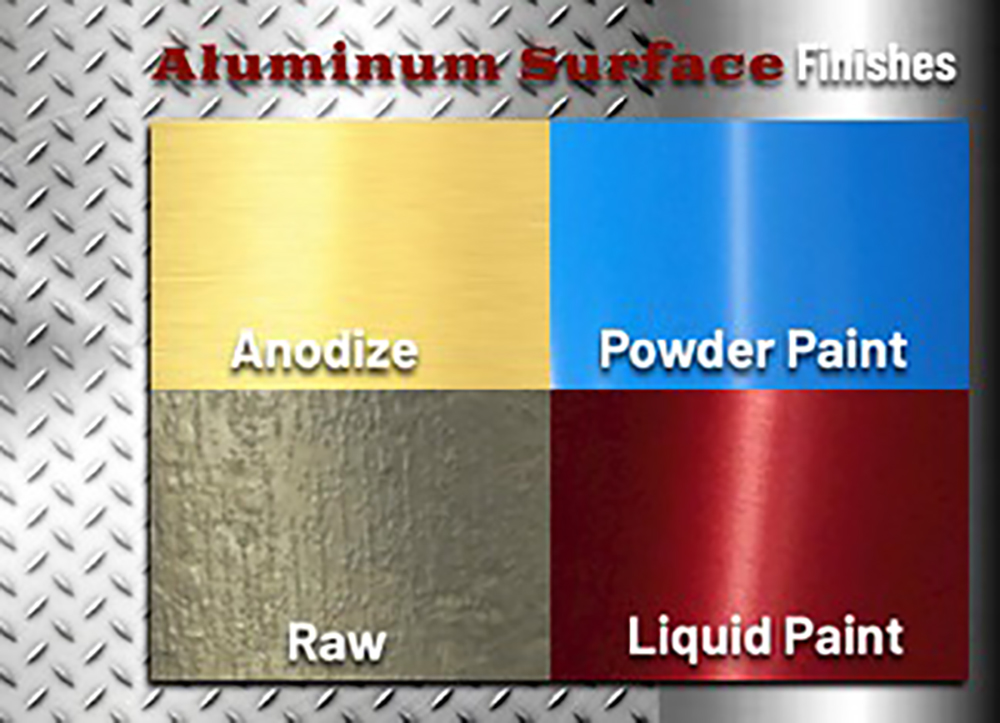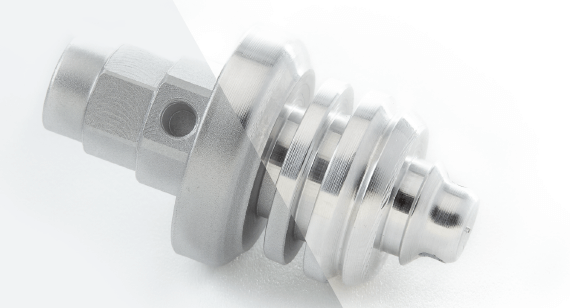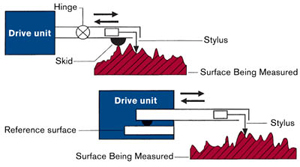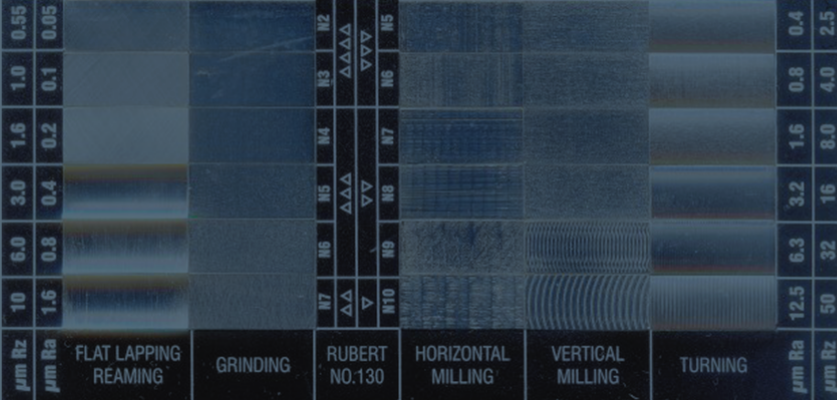Table of Contents
- How to Finish Aluminum Surface?
- Frequently Asked Questions
- What are the different methods to finish an aluminum surface?
- What equipment is needed to finish an aluminum surface?
- What are the benefits of anodizing an aluminum surface?
- How do I maintain an aluminum surface after finishing it?
- Can I finish an aluminum surface myself, or should I hire a professional?
Are you looking to add a sleek and polished finish to your aluminum surface? If so, you’ve come to the right place! Finishing aluminum may seem daunting at first, but with the right tools and techniques, you can achieve a professional-looking result that will make your project stand out.
In this guide, we’ll take you through the steps needed to finish aluminum surfaces to perfection. From choosing the right sandpaper grit to applying the final coat of polish, we’ll cover everything you need to know to give your aluminum a smooth and shiny finish. So, let’s get started and turn your aluminum project into a work of art!
To finish an aluminum surface, you need to first clean it thoroughly with soap and water. Next, use a degreaser to remove any oil or grease stains. Then, sand the surface using sandpaper in a circular motion to remove any scratches or imperfections. After that, use a polishing compound to restore the shine of the aluminum. Finally, apply a protective coating to prevent any future damage or corrosion.
How to Finish Aluminum Surface?
When it comes to finishing aluminum surfaces, there are many techniques and methods that can be used to achieve the desired results. Whether you are looking to improve the aesthetic appeal of an aluminum object or enhance its durability and resistance to corrosion, the right finishing technique can make all the difference. In this article, we will explore some of the most popular methods for finishing aluminum surfaces and provide tips and tricks for achieving the best possible results.
1. Sanding
Sanding is one of the most common methods used to finish aluminum surfaces. This technique involves using different grits of sandpaper to smooth out rough surfaces, remove scratches, and create a uniform finish. The key to successful sanding is to start with a coarse grit sandpaper and progressively work your way up to a finer grit, ensuring that you remove all scratches and imperfections as you go. Once the surface is smooth, you can use a polishing compound to create a high-gloss finish.
If you are sanding a large aluminum surface, using a sanding machine can make the process faster and more efficient. However, it is important to use the correct sanding discs and to be careful not to apply too much pressure, as this can damage the surface.
2. Brushing
Brushing is another popular method for finishing aluminum surfaces, particularly for creating a satin or matte finish. This technique involves using a wire brush or abrasive pad to create a series of fine lines or scratches on the surface of the aluminum. The direction of the lines can be varied to create different effects, and the process can be repeated with progressively finer abrasives to create a smoother finish.
Brushed aluminum surfaces are popular for their durability and resistance to wear and tear, making them a popular choice for architectural and automotive applications.
3. Anodizing
Anodizing is a process that involves creating a layer of oxide on the surface of aluminum. This oxide layer can be dyed to create a variety of colors, and it also provides increased durability and resistance to corrosion. Anodizing is a popular choice for aluminum objects that will be exposed to harsh environments, such as outdoor furniture and automotive parts.
The anodizing process involves immersing the aluminum object in an electrolytic solution and passing an electrical current through it. This causes the oxide layer to form, which can then be sealed using a variety of methods to improve its durability and resistance to wear and tear.
4. Powder Coating
Powder coating is a popular method for finishing aluminum surfaces, particularly for objects that will be exposed to harsh environments. This technique involves applying a dry powder coating to the surface of the aluminum, which is then heated to create a durable and long-lasting finish.
Powder coating is a popular choice for a range of applications, including automotive parts, industrial equipment, and outdoor furniture. It provides excellent resistance to corrosion, fading, and wear and tear, making it a popular choice for objects that will be exposed to the elements.
5. Polishing
Polishing is a technique that can be used to create a high-gloss finish on aluminum surfaces. This process involves using a series of polishing compounds and pads to remove scratches and imperfections and create a mirror-like finish.
Polishing is a time-consuming process that requires patience and attention to detail, but the results can be stunning. It is particularly popular for creating a decorative finish on aluminum objects such as jewelry and decorative accents.
6. Etching
Etching is a technique that can be used to create a decorative pattern or design on the surface of aluminum. This process involves using an acid or chemical solution to remove a thin layer of the aluminum, creating a contrast between the etched and unetched areas.
Etching is a popular choice for creating custom designs on aluminum objects such as nameplates, signage, and decorative accents. The process can be controlled to create a range of effects, from a subtle texture to a bold and dramatic design.
7. Brushed and Polished Combination
A combination of brushing and polishing can be used to create a unique finish on aluminum surfaces. This technique involves using a wire brush or abrasive pad to create a brushed finish, and then polishing the surface to create a high-gloss shine.
The combination of brushed and polished finishes creates a striking contrast that can be used to enhance the aesthetic appeal of aluminum objects such as automotive parts and decorative accents.
8. Painting
Painting is a technique that can be used to create a durable and long-lasting finish on aluminum surfaces. This process involves applying a coat of primer to the surface of the aluminum, followed by one or more coats of paint.
Painting is a popular choice for aluminum objects that require a custom color or finish, such as automotive parts and industrial equipment. It provides excellent resistance to fading and wear and tear, making it a popular choice for objects that will be exposed to the elements.
9. Electropolishing
Electropolishing is a technique that can be used to create a smooth and polished finish on aluminum surfaces. This process involves immersing the aluminum object in an electrolytic solution and passing an electrical current through it.
Electropolishing removes a thin layer of metal from the surface of the aluminum, creating a smooth and polished finish. It is particularly popular for creating a decorative finish on aluminum objects such as jewelry and decorative accents.
10. Benefits of Finishing Aluminum Surfaces
Finishing aluminum surfaces provides a range of benefits, depending on the technique used. Some of the key benefits include:
- Improved aesthetic appeal
- Increased durability and resistance to wear and tear
- Enhanced resistance to corrosion
- Custom colors and finishes
- Improved functionality and performance
Conclusion
Finishing aluminum surfaces is a complex process that requires knowledge and expertise in a range of techniques and methods. Whether you are looking to improve the aesthetic appeal of an aluminum object or enhance its durability and resistance to corrosion, the right finishing technique can make all the difference. By understanding the different methods available and their benefits and drawbacks, you can choose the right technique for your needs and achieve the best possible results.
Frequently Asked Questions
Here are some commonly asked questions about finishing aluminum surfaces.
What are the different methods to finish an aluminum surface?
There are several ways to finish an aluminum surface, including:
The first option is to use an abrasive pad or sandpaper to remove any scratches or imperfections on the surface. This can be followed by polishing the surface using a polishing compound to achieve a shiny finish.
The second option is to use a chemical treatment to create a protective layer over the surface. This can be done by anodizing the surface, which involves immersing it in an electrolyte solution and passing an electric current through it.
What equipment is needed to finish an aluminum surface?
The equipment needed to finish an aluminum surface depends on the method being used. For abrasion and polishing, you will need sandpaper or an abrasive pad, a polishing compound, and a buffing wheel. For chemical treatments, you will need a suitable electrolyte solution, a power supply, and a tank to immerse the aluminum in.
It is also important to wear protective gear, such as gloves and goggles, when working with chemicals and abrasive materials.
What are the benefits of anodizing an aluminum surface?
Anodizing is a popular method of finishing aluminum surfaces because it offers several benefits:
Firstly, it creates a protective layer over the surface, which makes it more resistant to corrosion, wear, and scratches. Secondly, anodized surfaces are more durable and can withstand exposure to harsh weather conditions, UV radiation, and chemicals. Finally, anodizing can also improve the appearance of the surface by creating a range of colors and finishes.
How do I maintain an aluminum surface after finishing it?
To maintain an aluminum surface after finishing it, you should clean it regularly with a mild detergent and warm water. Avoid using abrasive cleaners or harsh chemicals, as these can damage the surface. You should also avoid scratching or exposing the surface to extreme temperatures or corrosive substances. It is also a good idea to periodically reapply a protective coating, such as wax or sealant, to maintain the surface’s appearance and durability.
If the surface becomes scratched or damaged, you may need to repeat the finishing process to restore its appearance and protective properties.
Can I finish an aluminum surface myself, or should I hire a professional?
It is possible to finish an aluminum surface yourself, provided you have the necessary equipment and knowledge to do so safely and effectively. However, if you are unsure about the process or lack the equipment, it may be better to hire a professional to do the job for you. A professional can ensure that the finish is applied correctly and that the surface is protected from damage, helping to prolong its lifespan and maintain its appearance.
Additionally, if you are finishing a large or complex surface, it may be more efficient and cost-effective to hire a professional, as they will have the necessary tools and experience to complete the job quickly and to a high standard.
In conclusion, finishing aluminum surfaces can be a daunting task but with the right tools and techniques, it can be achieved with ease. It is important to start by thoroughly cleaning the surface and removing any imperfections before applying any finishing products. Remember to choose the appropriate finish that suits your desired outcome and consider the type of environment the aluminum surface will be exposed to.
Additionally, it is important to follow the manufacturer’s instructions when using any finishing products and to wear protective gear such as gloves and a mask. By taking these steps, you can achieve a beautiful and long-lasting finish for your aluminum surfaces.
In summary, finishing aluminum surfaces requires attention to detail and careful consideration of the desired outcome. With the right techniques, tools, and products, you can achieve a professional-looking finish that will protect and enhance the durability of your aluminum surfaces for years to come.
Request a quote today!
[contact-form-7 id="1578" title="Contact form"]
Please compress the file into a ZIP or RAR file before uploading. Alternatively, send through your RFQ by email.
enquires@unitymanufacture.com





